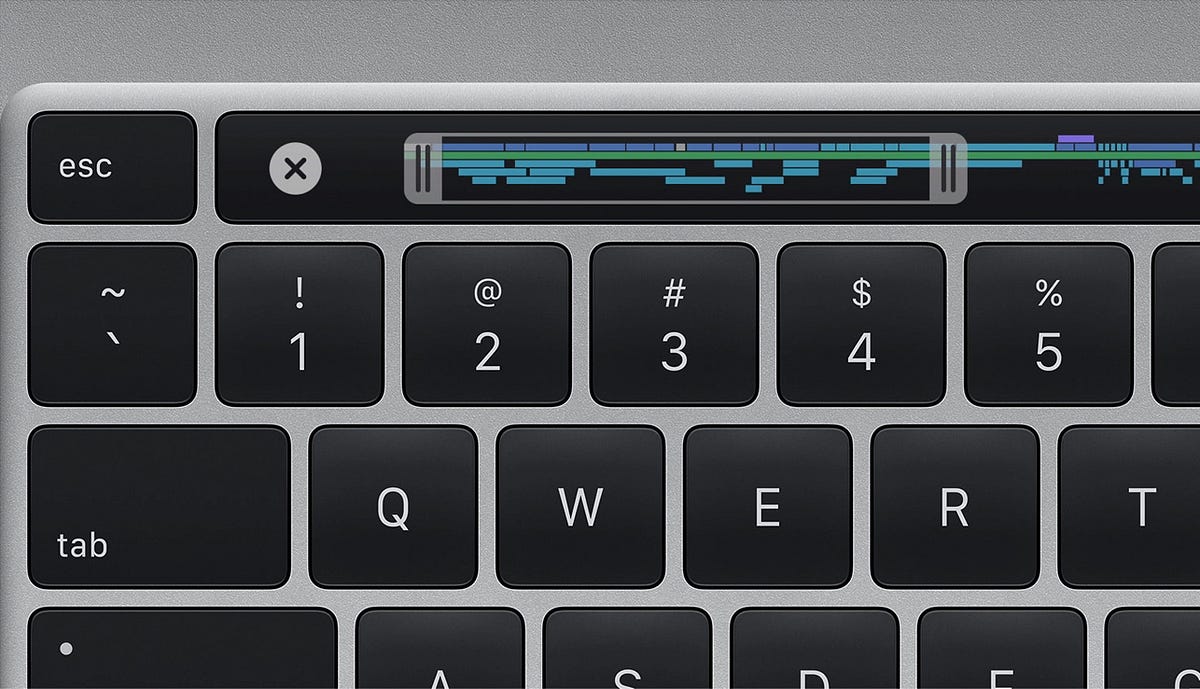

- #Karabiner elements f19 for escape and control how to#
- #Karabiner elements f19 for escape and control mac os x#
- #Karabiner elements f19 for escape and control update#
- #Karabiner elements f19 for escape and control manual#
- #Karabiner elements f19 for escape and control pro#
It works with “Disable the built-in keyboard” feature.
Treat as a built-in keyboard setting has been added into Devices configuration. Fixed an issue that the built-in keyboard is not be treated as the built-in keyboard if the keyboard is connected via SPI (Serial Peripheral Interface), such as M2 MacBook Air. #Karabiner elements f19 for escape and control pro#
Add Enable unsafe configuration feature into Preferences > Pro tab. device_if, device_unless, device_exists_if, device_exists_unless. frontmost_application_if, frontmost_application_unless. complex_modifications manipulator definition. complex_modifications manipulator evaluation priority. 
#Karabiner elements f19 for escape and control manual#
Karabiner Configuration Reference Manual.What is the lock indicator on Karabiner-Elements and Karabiner-EventViewer icon.
#Karabiner elements f19 for escape and control how to#
How to disable running Karabiner-Elements at login. Is it possible to adjust the key repeat rate?. 
Compatibility with Logitech Logi Options+: Fn keys.Input symbols are different from the key code name on non-ANSI keyboards.Placeholder Developer is shown in Security & Privacy System Preferences."karabiner.json is not owned by a valid user" error message in log.Cannot use some three key combinations (key event is not fired).Control-eject shortcut does not work when Karabiner-Elements is running.Touch Bar does not change to f1-f12 when I press the fn key.
#Karabiner elements f19 for escape and control update#
Karabiner-Elements stopped working after macOS update. Allow button in Security & Privacy System Preferences does not work. Allow button in Security & Privacy System Preferences does not appear. About "Device is ignored temporarily" alert. Confirm the result of configuration (EventViewer). Disable the built-in keyboard when external keyboard is connected. Modify this by including the Colemak_utils file, e.g. In Karabiner -> Preferences, go to the 'Misc and Uninstall' tab and open the location of the private.xml file. 'Colemak_utils.xml' somewhere on your drive.ĥ. Paste the below xml file into an xml file in a text editor, and save it as e.g. If you want it to delete, use code 51 if you want the Extend layer, use code 80.Ĥ. Go to system preferences -> Keyboard -> Modifier Keys and set Caps Lock to 'No Action'.ģ. the Mac relies heavily on the Command key, does not have an insert key etc.Ģ. It does not yet have all the capabilities of the original version, but I still like it a lot! Here is an image of the current implementation based on DreymaR's original figure. I saw DreymaR had this great idea of remapping the Caps Lock key to a new modifier key that puts navigation shortcuts right under your fingers, and wanted to try it on the Mac. On the MacBook keyboard the wide mode also places your right thumb on the Command key, making it easier to do many shortcuts (but requiring you to press Space with the left thumb). The wide mode moves all right hand keys one step to the right, making the space between the two hands slightly larger, which some find more pleasant. This mode is needed to make the D-H curl work properly, and should be activated preferably before Tarmak step 3. This changes the hand position of the left hand to make it symmetrical with the right, and helps keep the wrist in line with the underarm. The Angle mode moves z, x, c ,v and b one step to the left, without changing the fingering. These are minor modifications that make any keyboard layout more ergonomic. I have implemented the transition to the D-H curl layout only, as that is my favourite version of Colemak. This makes it possible to change to Colemak without losing keyboard productivity, which is a huge advantage to those that use a keyboard in their daily work. These are steps for transitioning from Qwerty to Colemak in a gradual fashion, by only changing 3-4 letters at a time. The original D-H curl was created by stevep99, but I have used a slightly smaller modification developed by DreymaR. This critique of Colemak was the basis for creating the Workman layout, but using the DH curl solves the problem with a very slight modification to original Colemak. Both letters are very common, so having them in the middle column of the home row gives a lot of lateral movement, which is tiring. This is a slight modification to the original Colemak layout, which moves D and H down from the home row to the bottom row. Read DreymaR's post for extensive descriptions of the different elements, but here is a short version: 1. xml file that implements the most important elements, using the software Karabiner. I was inspired by DreymaR's big bag of tricks, but have been unable to find something like that implemented for the Mac. I will work on porting to Karabiner Elements as soon as the software is able to implement the extend layer. #Karabiner elements f19 for escape and control mac os x#
NOTE: None of this works in Mac OS X Sierra, which invalidates the Karabiner and Seil softwares.







 0 kommentar(er)
0 kommentar(er)
